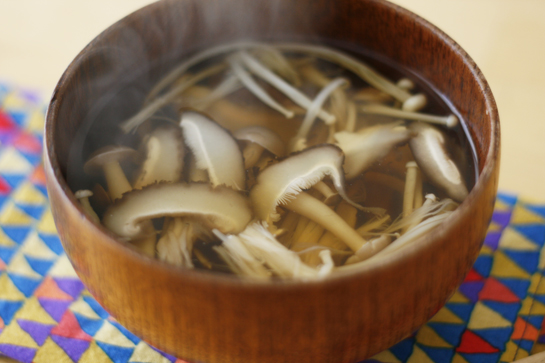Simple but classic, short shellfish Japanese soup is not only delicious but easy to make with a little ingredients. In Japanese, clam soup is known as sumashijiru. This soup is obviously made of shellfish called asari (shells).
Similar to other shells, short neck shells, or asari, have little flavor packed in their small shells and need a little spice. For this soup, shellfish is cooked in a pot of hot water until they are open. Shells that are not open must be removed because they are not suitable for consumption. The broth is a cloudy gray color with a subtle taste of the sea, and that’s when we know it’s ready. Soup is seasoned with salt to taste. To remove the flavor from this fine broth, very small pieces of lemon peel are used to decorate the soup. This adds enough freshness and acidity to help this soup glow.
If you are interested, another variation of Asari Sumashijiru combines the use of dashi stock bonito (katsuo), or the use of dashi konbu (kelp cans), and a little soy sauce.
An increasing number of asari farms, or small neck shells, are available at local grocery stores. Usually, farmed shells are brushed and sand has been removed before the packaging is sold. Therefore, as soon as you get home they are ready to use. Regardless, if you feel compelled to do so, please soak it in fresh water for up to one hour to remove excess sand.
If you use wild clams, rub them clean and soak them for up to an hour in a bowl of fresh water to help remove the sand. For best results, both farmed and wild shellfish must be cooked on the same day when purchased.

